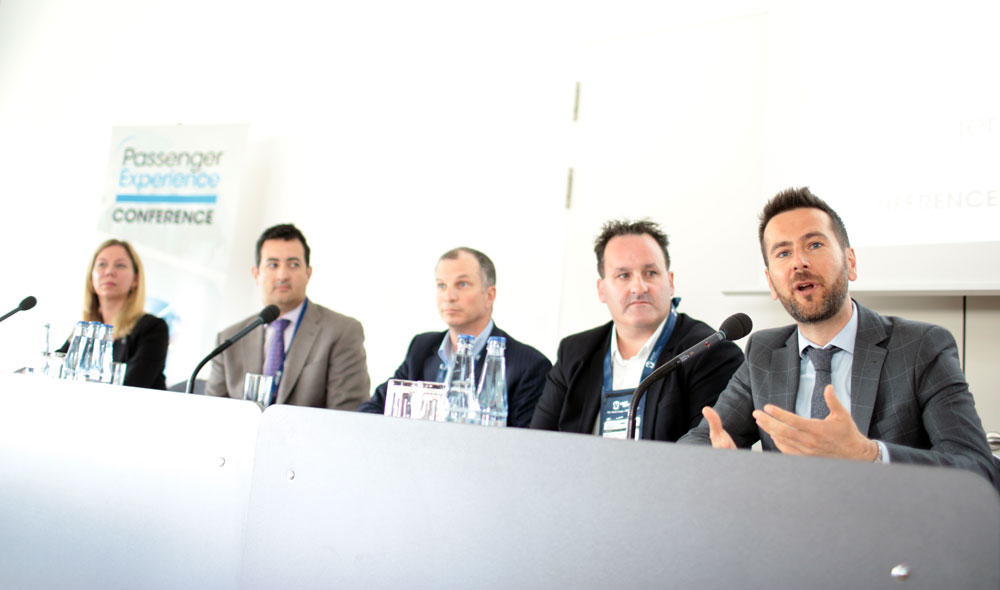The Future of In-Flight Content
Share

The mid-afternoon breakout session “The Future for Content and New Realities,” led by Rich Salter, chief technology officer, Lumexis, brought together experts from the in-flight entertainment (IFE) sector to discuss the future.
Early-Window Content
The panel started off with the hot topic of early-window content and how movies and other content fit into the evolving infotainment offer. “Early-window content will continue to be a huge differentiator for airlines… As Hollywood becomes more comfortable with [streaming] on the ground, the air will follow,” says Robin Cole, vice-president Global Business Development, Global Eagle Entertainment.
Al St. Germain, senior vice-president, Spafax expects innovation in movie releases to change the traditional IFE landscape and used the example of Sony’s digital release of The Interview as a method that wasn’t “theater-dependent” having compressed the release time-frame because of the cyber attack.
New Content Options
And though watching films is the number one preferred pastime while in the air, as noted by panelist Dimiter Zahariev, development manager, Passenger Department, IATA, other forms of content are growing in popularity including user-generated content (UGC) from platforms like YouTube. Don Buchman, vice-president, ViaSat notes that the UGC trend is relatively new but as passengers begin to discover this new form of content demand will grow. “Now that awareness is there, it is becoming more popular… And we’re trying to enable that trend,” adds Buchman.
Many airlines are picking up on this trend as we move towards creating a more branded experience for the passenger however as St. Germain explains, UGC is not without it’s problems: “On the content side [of UGC,] the challenge has really been the rights,” says St. Germain.
For Michael Reilly, vice-president, e-Enablement and Entertainment, Arconics, new content capabilities should also take passenger psychology into account and says social media is a big factor when it comes to passenger comfort. “The use of social tools will definitely become part of the passenger journey,” adds Reilly.
When asked about any exciting examples of entertainment options that make people want to travel more, Zahariev was quick to note the trend in personalizing the passenger experience: “If you allow the airline to get to know you better, then you would expect a much more exciting experience.”
New Realities
Dr. Betty Mohler, independent group leader, Max Planck Institute for Biological Cybernetics took the stage to discuss virtual reality technology and how it can revolutionize the passenger experience. Mohler notes that although we are seeing the use of head-mounted displays in-flight already, the technology as is, can be obtrusive. The goal is to personalize the devices according to passenger height, weight and even psychological state.
“We built this display technology to try and help people with well-being… put them in a tranquil space if they’re afraid of flying,” explains Mohler.
As everyone talks about wanting to replicate the home experience in flight, new content options and the plan for new virtual realities in the air are certainly helping the industry move in that direction.






